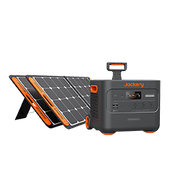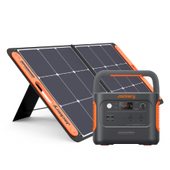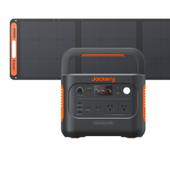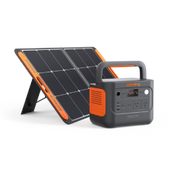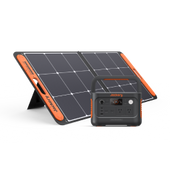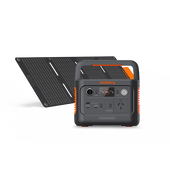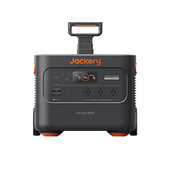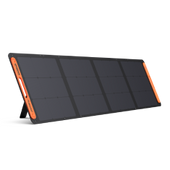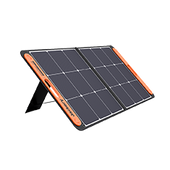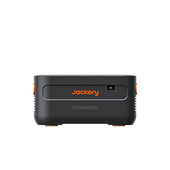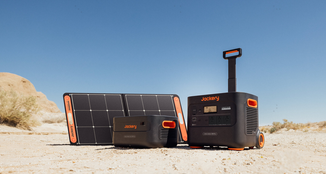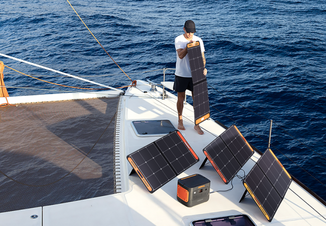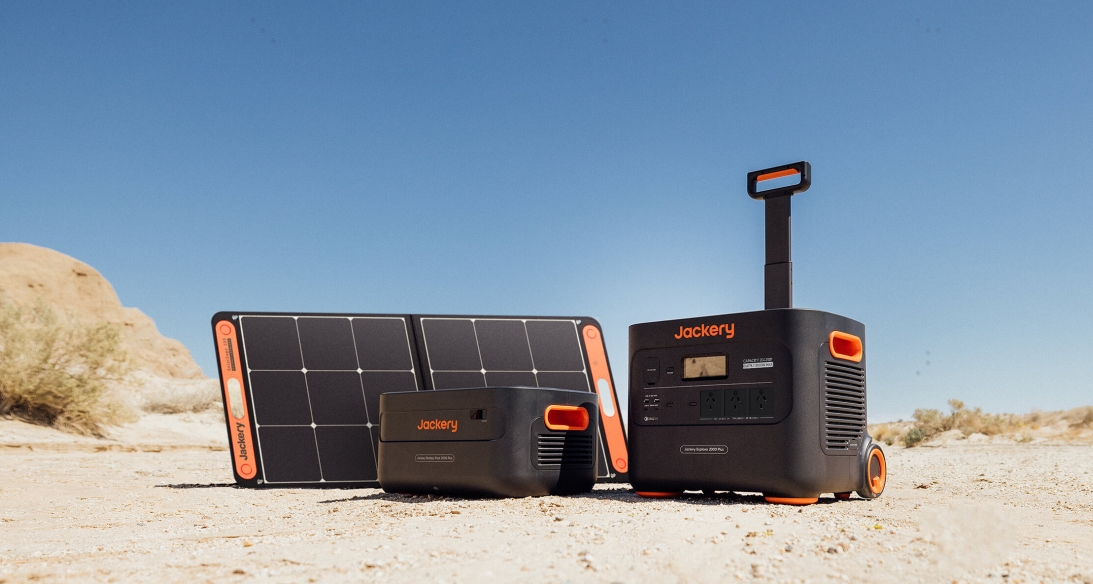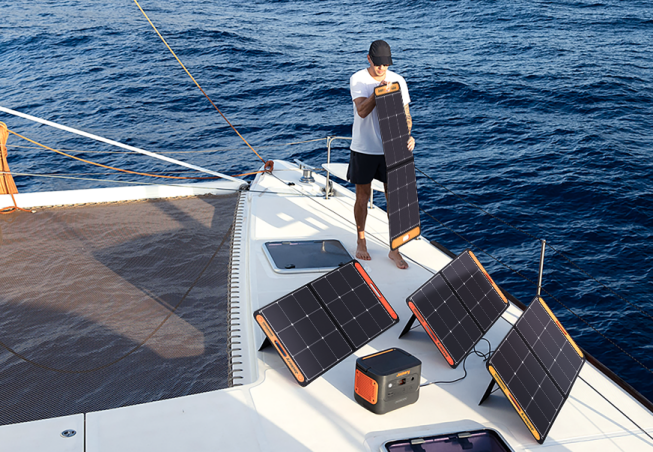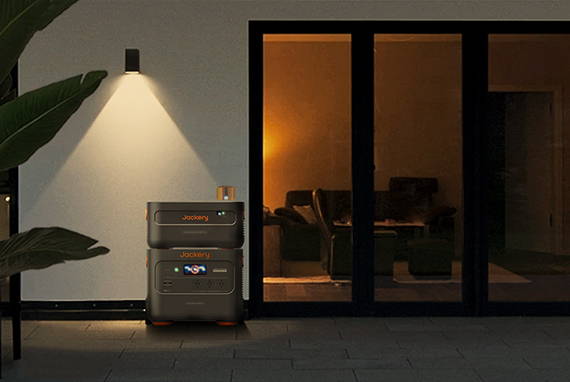Ultimate Guide to Lithium-Ion Battery Voltage Chart
Ultimate Guide to Lithium-Ion Battery Voltage Chart
Whether you have a solar system or are planning to invest in one, it's vital to understand its components, battery voltage, and other factors. Lithium-ion battery voltage charts are a great way to understand your system and safely charge batteries.
What Is Lithium-Ion Battery
Lithium-ion batteries are rechargeable battery types used in a variety of appliances. As the name defines, these batteries use lithium-ions as primary charge carriers with a nominal voltage of 3.7V per cell.
The lithium-ion battery comprises anode, cathode, electrolyte, separator, and positive and negative current collectors. The ions move between the anode and cathode while discharging/charging to create free electrons in the anode. The electric current produced at the positive end flows to the negative current collector.
What Is Lithium-Ion Battery Voltage Chart
Thanks to their safe nature, lithium-ion batteries are common in solar generators. Different voltages sizes of lithium-ion batteries are available, such as 12V, 24V, and 48V. The lithium-ion battery voltage chart lets you determine the discharge chart for each battery and charge them safely.
Charge Capacity (%)
1 Cell
12 Volt
24 Volt
100
3.40
13.6
27.2
90
3.35
13.4
26.8
80
3.32
13.3
26.6
70
3.30
13.2
26.4
60
3.27
13.1
26.1
50
3.26
13.0
26.0
40
3.25
13.0
26.0
30
3.22
12.9
25.8
20
3.20
12.8
25.6
10
3.00
12.0
24.0
0
2.50
10.0
20.0
Generally, battery voltage charts represent the relationship between two crucial factors — a battery's SoC (state of charge) and the voltage at which the battery runs. The below table illustrates the 12V lithium-ion battery voltage chart.
Percentage of Charge
12V Battery Voltage
Specific Gravity using Hydrometer
100%
12.70
1.265
95%
12.64
1.257
90%
12.58
1.249
85%
12.52
1.241
80%
12.46
1.233
75%
12.40
1.225
70%
12.36
1.218
65%
12.28
1.204
55%
12.24
1.197
50%
12.20
1.190
45%
12.16
1.183
40%
12.12
1.176
35%
12.08
1.169
30%
12.04
1.162
25%
12.00
1.155
20%
11.98
1.148
15%
11.96
1.141
10%
11.94
1.134
5%
11.92
1.127
0% (Discharged)
11.90
1.120
When a lithium-ion battery is plugged into the charger, charging continues until 100% of the state of charge is reached. The charge is then terminated, and the Li-ion battery is allowed to slowly discharge. In Li-ion cells, the relationship between SoC and voltage is relatively flat throughout the cell's discharge range.

Lithium-Ion Battery Features
Lithium-ion batteries are known for having a high energy density due to the highly reactive lithium inside them. Some features of lithium-ion batteries include:
High-Energy Density: Lithium-ion batteries have higher energy density than other battery types, so they can store more energy. Hence, lithium-ion batteries are ideal for laptops, smartphones, and power stations.
Long Cycle Life: Lithium-ion batteries can be recharged and discharged thousands of times (on average) before they lose capacity.
Fast Charging: Unlike other battery types, lithium-ion batteries are charged relatively quickly.
Low Self-Discharge Rate: Lithium-ion batteries typically have a lower self-discharge rate. This means they will lose power slowly compared to other devices.
Lithium-ion cells are widely used in PCs and cellular phones because of their high energy density and high voltage. While a lithium-ion cell is a single battery unit, a battery pack combines multiple cells in series or parallel. The typical lifespan of lithium-ion batteries is around 300-1000 charge cycles.
Voltage vs. Charging Relations
The relation between voltage and the battery's charge is often overlooked, but it's important.
This voltage and charging relationship determines the electricity stored in the power stations and the rate at which the electrical energy is released.
The lithium-ion battery's voltage is directly related to stored charge. That means a battery with greater voltage can hold more energy and vice versa.
State of charge (SoC) is the charge level of an electric battery relative to its capacity. It is generally expressed in percentages. The SoC of lithium-ion batteries lies between 0 to 1.
Jackery Portable Power Stations Explained
Jackery manufactures high-quality power stations and solar generators to help people switch to clean and green energy. Jackery Explorer Power Stations are portable batteries made with lithium-ion or LiFePO4.
Most Jackery power stations feature a built-in lithium-ion battery. It has a longer lifespan and can charge most home or outdoor appliances. The expandable Jackery Explorer 2000 Plus Power Station is equipped with LiFePO4 with higher lifespans.
The Jackery Explorer 1000 v2 is the best portable power option. It can power many outdoor devices, from GPS devices to electric fish finders, with its 1500W output and 1070Wh capacity. The Jackery Explorer 1000 v2 is your go-to power station for all your activities because it is strong, durable, and light. It makes charging easy outdoors.
Customer Review
We use the Jackery 1000 v2 for our camper van power, e.g., LED lights, Maxxair fan, phones, heating pad, sound machine, etc. We'll keep the fan on low all night long for circulation, and it only reduces the battery by about 5-8%. Even without solar, we charge the Jackery while we drive, allowing us to be off-grid for weeks if we want. — Kyle.

Compact yet powerful, the Jackery Explorer 1000 Plus is a versatile choice for those who need efficient backup power with portability in mind. Equipped with 1246Wh capacity and a 2000W output, the Jackery Explorer 1000 Plus can support up to 99% of household devices, such as lights, small appliances, and mobile devices. At just over 11 kg, the Jackery Explorer 1000 Plus offers portability and a compact design that fits comfortably in tight spaces.
Customer Review
This product is perfect for our needs. It charges quickly, runs quietly, and it's clear that a lot of thought was put into its design. We selected it after a lengthy comparison against competing products and couldn't be happier with our purchase. — SallyLan

The 2000 Plus can be expanded with additional battery packs, taking its base 2 kWh up to an impressive 12 kWh. This extended capacity covers everything from short power outages to longer outdoor trips. Its LiFePO4 battery has a 10-year lifespan and supports over 4,000 charge cycles. With its exceptional power, versatility, and technological innovation, the Explorer 2000 Plus is perfect for outdoor enthusiasts, professionals, and homeowners alike.
Customer Review
We live in California and have experienced the impact of rolling blackouts. This product provides us with the clear ability to have key backup capabilities for essential power needs when the utility company has to shut down power for safety reasons. Happy with its capabilities. — CJ.

Lithium-Ion Battery Voltage Chart FAQs
What are standard lithium-ion battery voltages?
A lithium-ion battery's nominal or standard voltage is nearly 3.60V per cell. Some battery manufacturers mark lithium-ion batteries as 3.70V per cell or higher.
What voltage is 50% for a lithium battery?
Like other types of batteries, lithium-ion batteries generally deliver a slightly higher voltage at full charging and a lower voltage when the battery is empty. A fully-charged lithium-ion battery provides nearly 13.6V but offers 13.13V at 50% voltage.
Capacity (%)
Lead Battery
Lithium Battery
Lithium AV-Battery
100%
12.70V
13.60V
12.60V
90%
12.50V
13.32V
12.10V
80%
12.42V
13.28V
11.60V
70%
12.32V
13.20V
11.35V
60%
12.20V
13.16V
11.10V
50%
12.06V
13.13V
10.80V
40%
11.90V
13.10V
10.70V
30%
11.75V
13.00V
10.60V
20%
11.58V
12.90V
10.45V
10%
11.31V
12.00V
10.25V
0%
10.50V
10.00V
9.00V
What voltage is overcharged on a lithium battery?
Overcharging means charging the lithium-ion battery beyond its fully charged voltage. When the charge exceeds 3.65V, it is known to be overcharged.
Final Thoughts
As per the lithium-ion battery voltage chart, it's clear that voltage plays a crucial role in expanding the lifespan of your battery. Understanding the battery voltage will ensure careful charging, helping you eliminate explosions within the battery.
Jackery Explorer Portable Power Stations have durable, efficient, and long-lasting lithium-ion batteries. You can safely charge most small and large appliances by choosing the best battery from the range of Jackery power stations available.
Best-selling Jackery Solar Generator
PAGE CONTENTS
New Arrival
Hurry up! Sale ends once the timer hits zero

